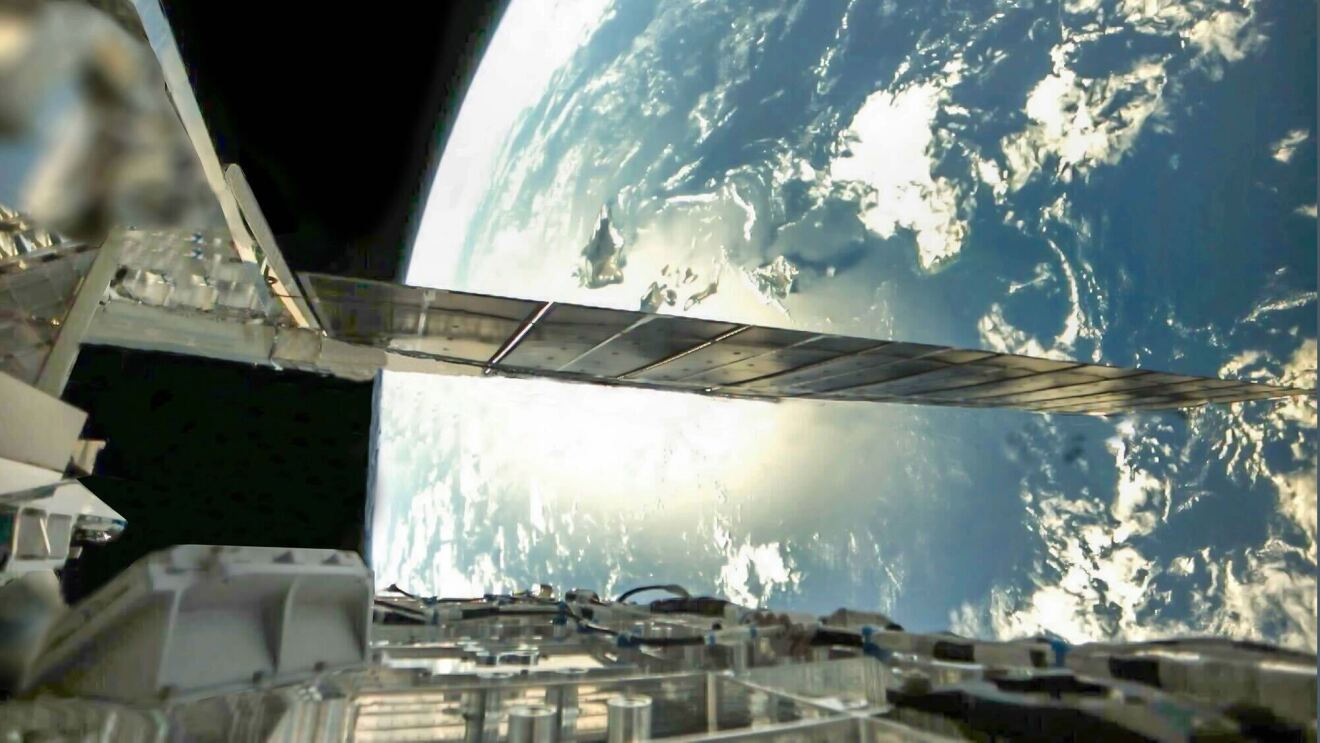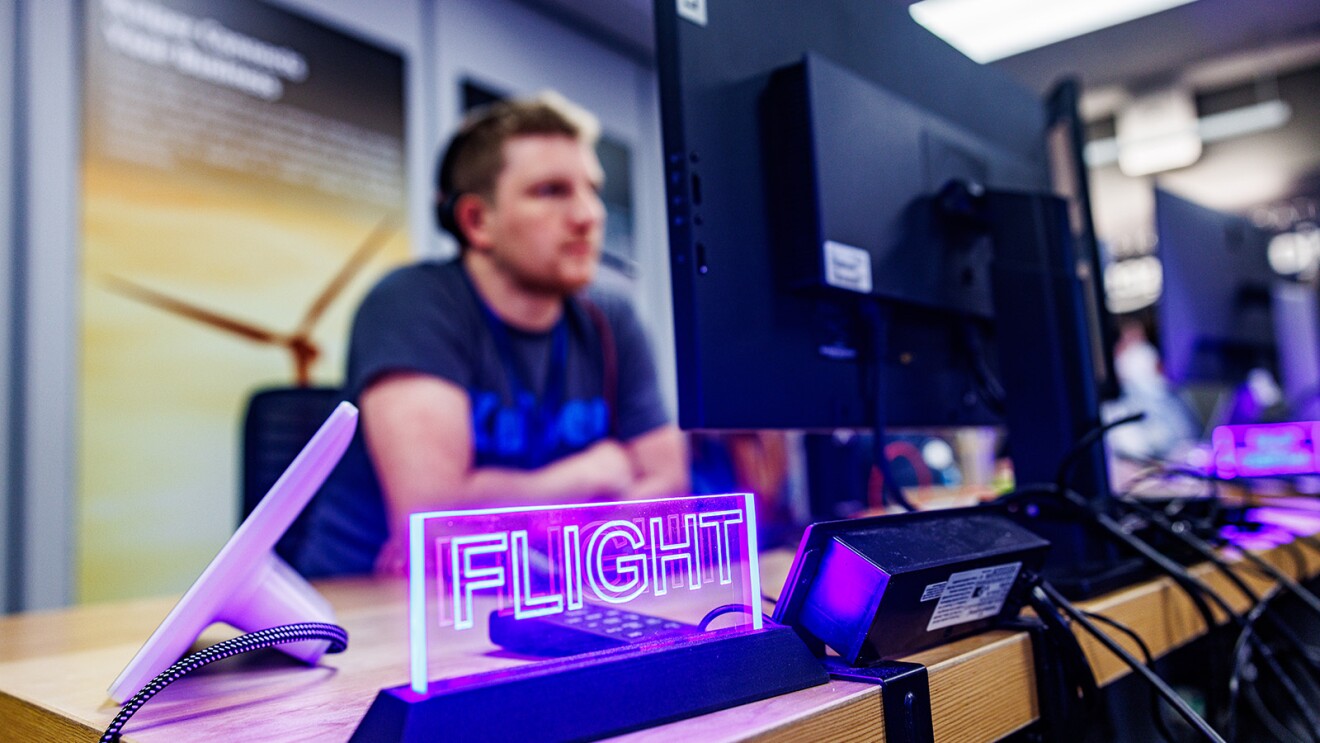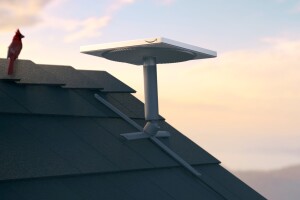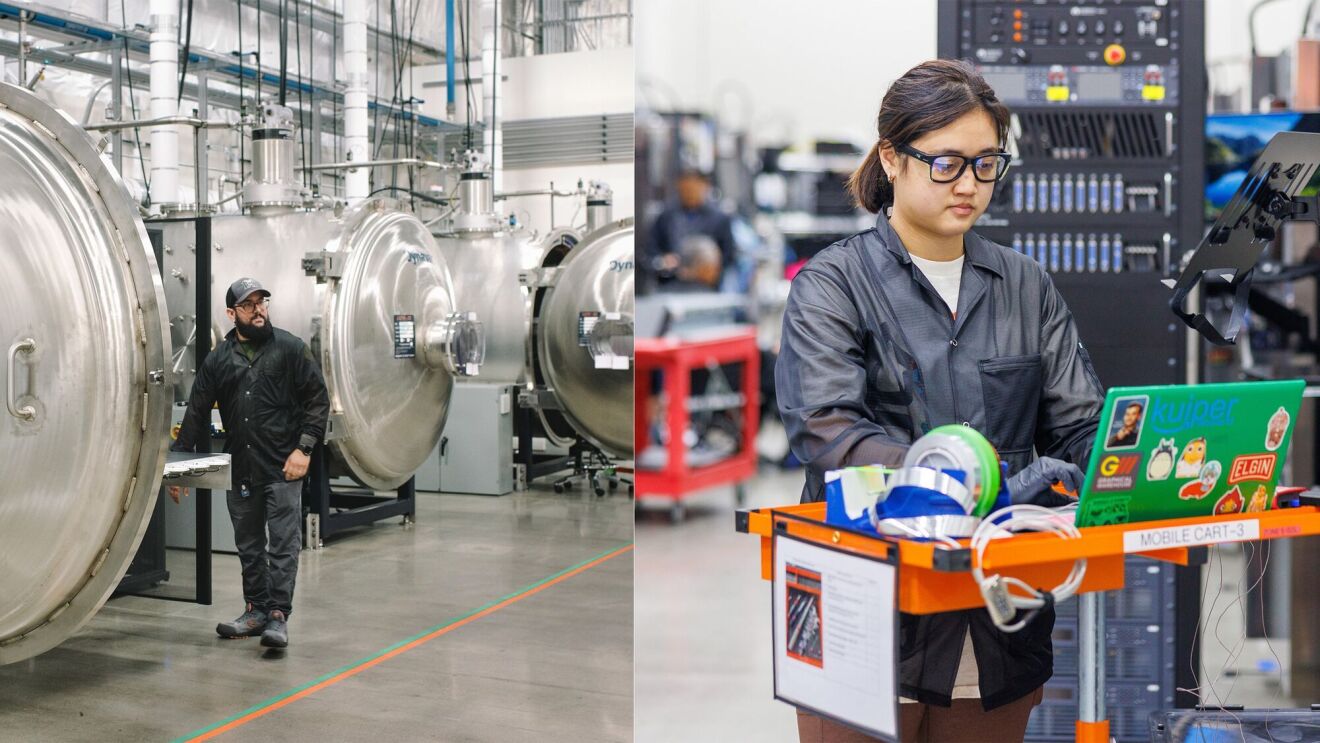May 23, 2024
Project Kuiper prepares to wrap successful Protoflight mission
Since its start in October 2023, Project Kuiper’s Protoflight mission has involved a series of successful tests of our satellite systems, our network, and our mission operations. Demonstrating safe, controlled satellite maneuvering was one of the most critical of those early tests, and learnings from those experiments have informed how we’ll manage our satellite constellation as we prepare to begin offering connectivity services. Deorbiting Kuipersat-1 and Kuipersat-2 is now the last milestone in our Protoflight mission. Over the next several months, we will use the active propulsion systems onboard the satellites to execute a series of maneuvers that—combined with natural drag from the Earth’s atmosphere—gradually lower the satellites to an altitude of around 217 miles (350 kilometers), at which point atmospheric demise will occur. The deorbiting process reflects our commitment to space safety and sustainability. Learn more about this final mission milestone and next steps for Project Kuiper.

December 14, 2023
Optical mesh network in space will support global connectivity
Project Kuiper revealed the last critical system on board its satellites with the announcement of an optical inter-satellite link (OISL) capability that uses infrared lasers to send data directly between satellites. We’ve completed multiple successful demonstrations of OISL technology during our Protoflight mission, maintaining 100 gigabits per second (Gbps) links over a distance of nearly 621 miles (1,000 kilometers) for the entirety of the test windows. The test results ensure OISLs will be operational on our first production satellites in 2024. These high-speed laser cross-links will form a secure, resilient mesh network in space, allowing us to increase throughput and reduce latency across our satellite constellation, and providing more flexibility to connect Kuiper customers across land, sea, air, and space. Learn more about this milestone and watch our OISL team in action.
 Animation of Project Kuiper’s satellite constellation.
Animation of Project Kuiper’s satellite constellation.November 16, 2023
Project Kuiper confirms 100% success for Protoflight mission
Within 30 days of sending two prototype satellites into space, Project Kuiper has achieved a 100% success rate for its Protoflight mission. Every major system and subsystem on board our two prototypes demonstrated nominal or better performance following launch. The tests we ran allowed the team to fully validate the architecture and design of our satellite constellation and to conduct demonstrations of 4K video streaming and two-way video calls over the network. Learn more about mission status and watch our demonstrations of network performance.
November 9, 2023
Custom satellite propulsion system allows for safe maneuvering in space
A series of recent tests demonstrated that Project Kuiper’s custom electric propulsion system—designed and built in-house by Amazon—can safely maneuver our satellites in space. The results mean our satellites can use propulsion to achieve and maintain their assigned orbits, maneuver to avoid space debris and other spacecraft, and actively deorbit at the end of their missions. The achievement advances our goal of increasing space safety and sustainability. Learn more about this milestone.
October 16, 2023
Project Kuiper satellites are healthy
Project Kuiper engineers have confirmed that our KuiperSat-1 and KuiperSat-2 satellites are fully activated, generating power independently, and communicating with our mission operations center. Learn more about this milestone.

October 6, 2023
Project Kuiper makes first contact with prototype satellites
On October 6 at 2:06 p.m. EDT, an Atlas V rocket from United Launch Alliance (ULA) lifted off from Space Launch Complex-41 at Cape Canaveral Space Force Station, Florida. It carried two prototype satellites from Amazon’s Project Kuiper, our low Earth orbit (LEO) satellite broadband initiative, into space before deploying them at an altitude of 311 miles (500 kilometers) above Earth. The launch marked the start of our “Protoflight” mission.
We hit our first major mission milestone at 2:53 p.m. EDT when our mission operations center in Redmond, Washington, confirmed first contact with KuiperSat-2. This is when the satellite and one of our telemetry, tracking, and control (TT&C) antennas established a telemetry link for the first time. We made first contact with KuiperSat-1 at 2:54 p.m. EDT.
First contact is one of several key steps in our Protoflight mission. It allows us to begin downlinking data on satellite health and establish more regular communications with the satellites.
“The launch today started a new phase of our Protoflight mission, and there’s a long way to go, but it’s an exciting milestone all the same,” said Rajeev Badyal, vice president of technology for Project Kuiper. “I’m tremendously grateful to the Project Kuiper team for their dedication in getting us to this point, and to our partners at United Launch Alliance who helped us deploy our first spacecraft ever into orbit.”
Trending news and stories
- Amazon One rolls out at NYU Langone Health facilities to improve check-in for millions of patients
- AWS is first cloud service provider to offer DeepSeek-R1 as fully managed, generally available model
- Prime Video begins an AI dubbing pilot program on licensed movies and series
- Charging ahead: Meet Amazon's growing lineup of electric vehicles











